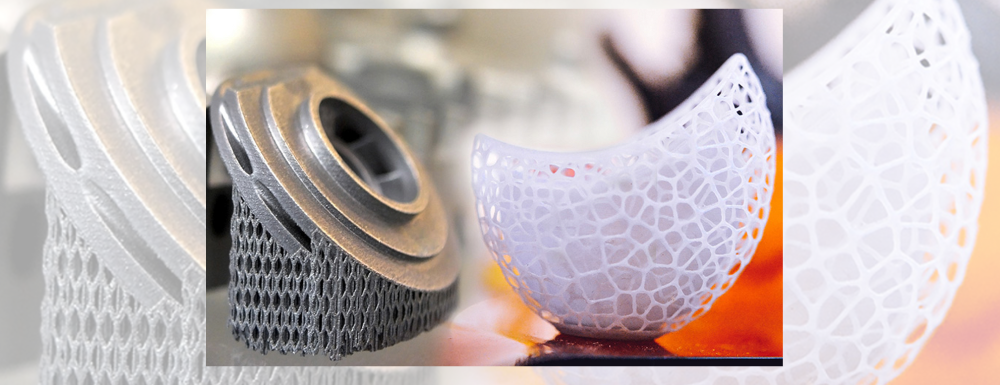Structural defects that form during an additive manufacturing building process have prevented its wide adoption. Researchers from the U.S. Department of Energy’s (DOE) Argonne National Laboratory developed a new method to detect and predict defects in 3D printed materials. The technique was published in Science by a research team led by Argonne and the University of Virginia (UVA). They used a variety of imaging and machine learning techniques to detect and predict the formation of pores in 3D printed metals in real time with near-perfect accuracy.
Metal samples used in the study were created using laser powder bed fusion, in which metal powder is heated by a laser and melted into the proper shape. The approach often leads to the formation of pores that can compromise a part’s performance. Thermal imaging sensors can miss the formation of pores because they only image the surface of the constructed parts. Directly detect pores inside dense metal parts with X-ray beams, such as those generated by the solution.
The researchers trained a machine learning model to predict pore formation within 3D metals using only thermal images, validating the model using data from X-ray images, which accurately reflected the generation of pores. Then, they tested the model’s ability to detect thermal signals and predict pore generation in unlabeled samples, achieving perfect prediction of pore generation with the model. With only a thermal camera, machines should be able to detect when and where pores are generated during the printing process and adjust their parameters accordingly.
The goal is to create a system that detects defects and repairs them during manufacturing.

